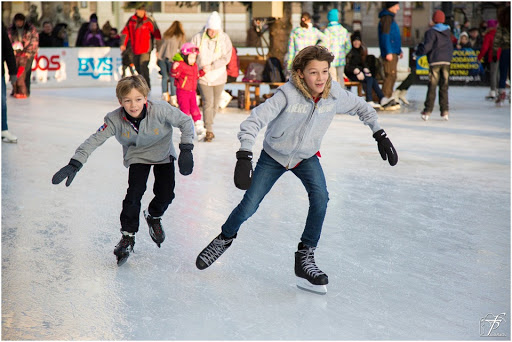The history of ice skating: how it became a beloved sport

Photo taken from stockfreeimages.com
Figure skating is one of the things that people wait for the most when the winter season comes around. In most towns, you’ll find an ice skating rink that people frequent when it gets cold outside. However, although many people go ice skating, few know the unique history of it.
The first recorded ice skating events began in Scandinavia and date back to 1000 BCE. The first skates were shoes with the sharpened bones of native animals attached to the bottoms. Metal blades were not introduced until the 19th century.
In the United States, a man from Philadelphia named E.W. Bushnell proposed the all-steel skate in 1850. From then on, people’s skates were made with steel, which allowed them to glide smoothly across the ice.
The first person to introduce the idea of professional figure skating as we know it today was ballet dancer Jackson Haines. He paired music with elaborate dances across the ice, complete with leaps and spins.
Originally, only men were able to compete in professional ice skating, but in 1902, a woman named Madge Syers attempted to compete in an ice skating competition (but was banned soon after). After that, an event strictly for women was created and later on, it became a coed sport.
Figure skating first made an appearance in the Olympics during the summer of 1908. An Olympic champion in the 1930’s named Sonja Henie was the first figure skater to introduce the idea of white figure skates and flowy skirt, which increased the popularity of ice skating as an elegant spectator sport.
Overall, ice skating is a beautiful sport that has remained an Olympic favorite for almost 100 years and will continue to be for many more.















